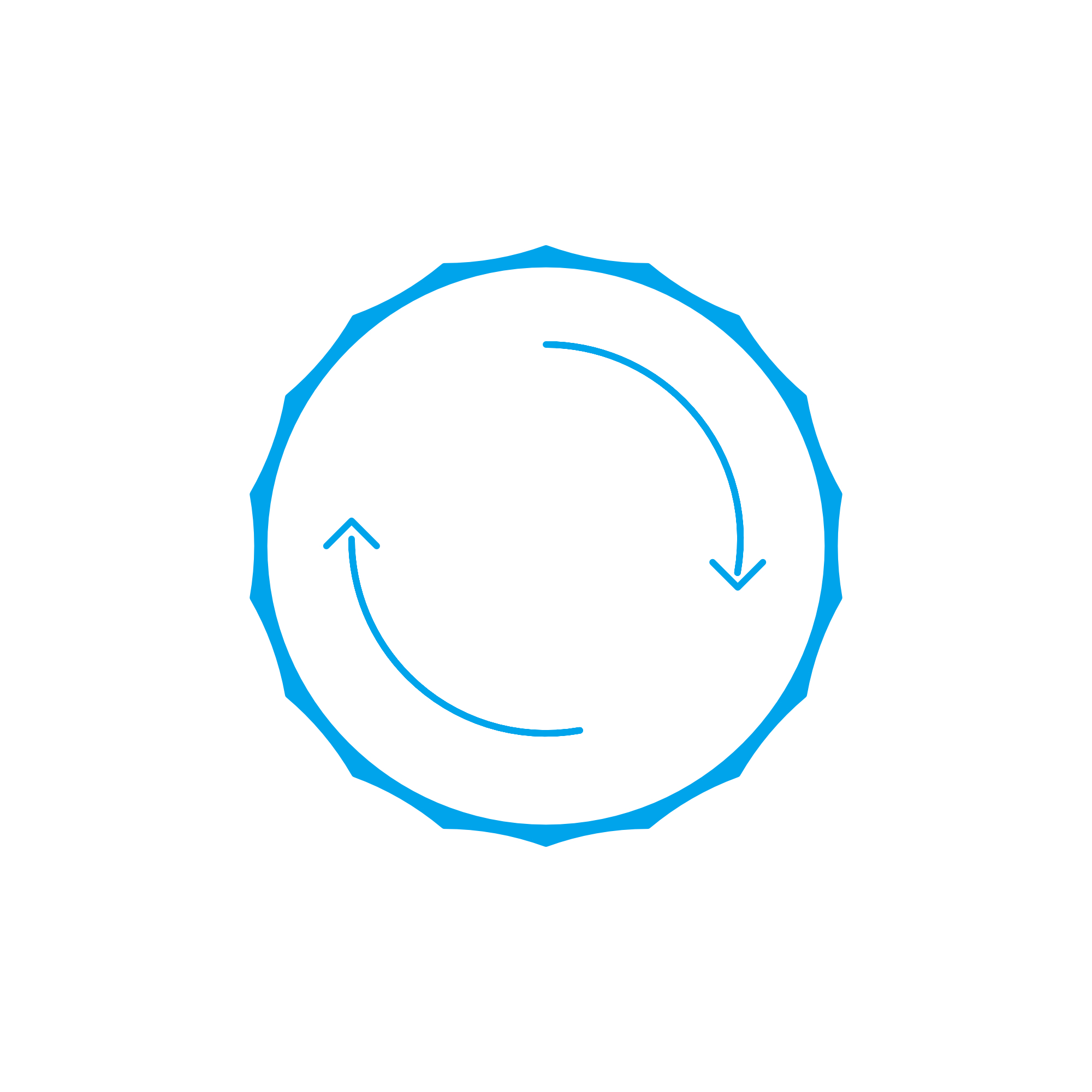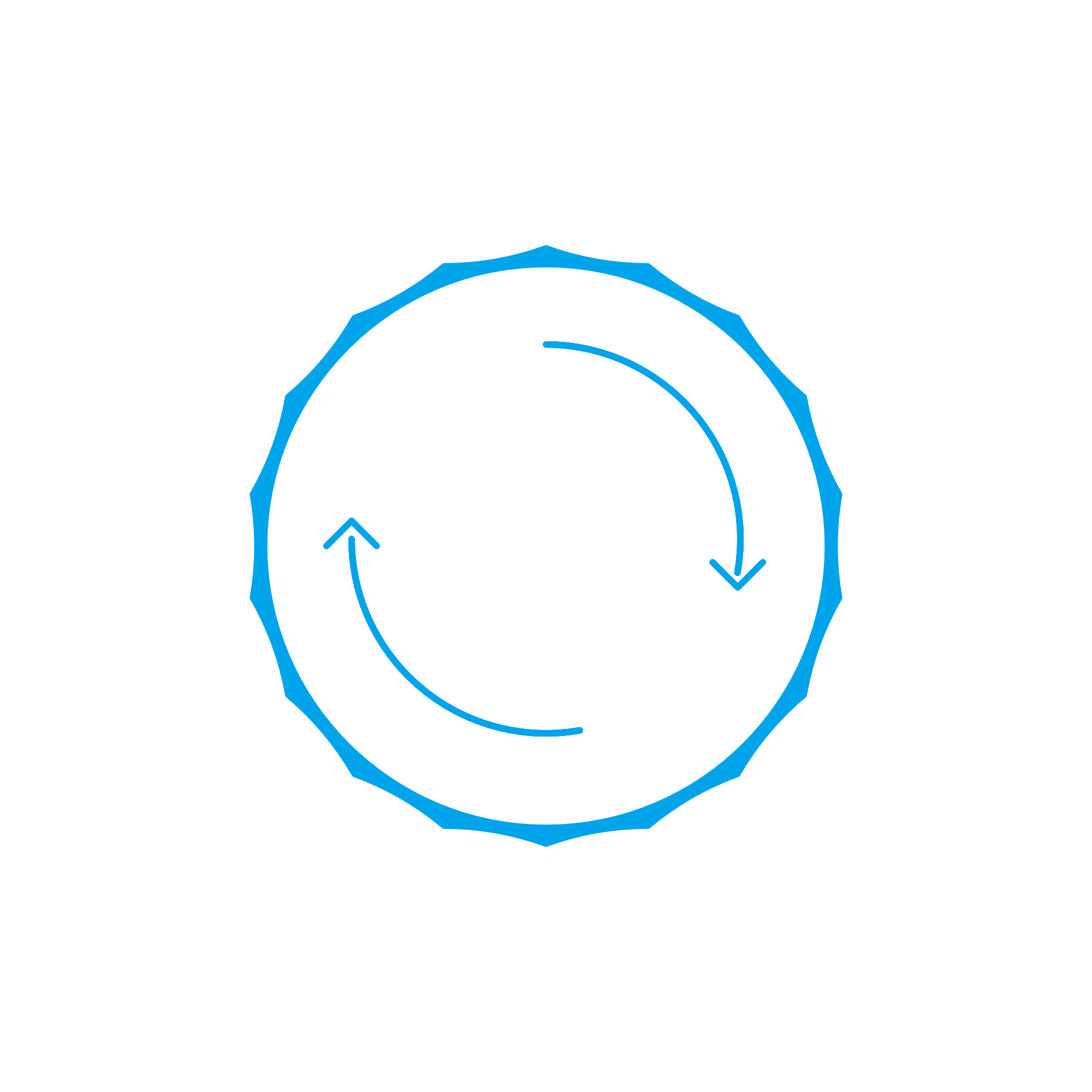CAP Housings, Covers and Closures for Industrial, Marine and Diesel Engines
Housings, covers and closures form the protective shell and sealing interfaces of an engine. These precision components enclose rotating groups, guide fluids and gases, and create controlled access points for service. In heavy-duty applications—whether a diesel engine powering a vessel, a gas engine in power generation, or auxiliary machinery on board—robust CAP designs and correctly engineered covers ensure containment, rigidity, and stability under heat, vibration, and pressure. By safeguarding bearings, gearing, camshafts, charge-air paths, and lubrication and cooling circuits, this category underpins performance, efficiency, and operational safety across the full load range.
CAP technical function in diesel engine and marine engine systems
Within an engine, housings provide structure for shafts and geartrains, maintain alignment of critical components, and define flow paths for oil and coolant. Covers and closures—ranging from timing covers and valve covers to inspection doors, manhole lids, filler points, end caps and breather CAP assemblies—seal these systems against leakage and contamination. A CAP for marine engine coolant control, for example, regulates system pressure and elevates the boiling point to stabilize thermal management in heavy seas. A CAP in diesel engine crankcase ventilation manages blow-by flow while preventing salt-laden ambient air from entering. In all cases, the interface between the housing/cover and adjoining parts must be flat, rigid, and paired with the correct gasket or O-ring profile to achieve reliable sealing.
CAP OEM parts integrate application-specific materials and geometries: corrosion-resistant alloys for seawater proximity, high-strength castings for bearing housings, and machined flanges with tight tolerances that maintain gasket compression over thousands of thermal cycles. Surface finishes are tailored to minimize micro-leak paths, while ribs and bosses on covers control resonance and reduce NVH. In turbocharged engines, compressor and turbine housings maintain precise clearances that directly affect efficiency; charge-air cooler end caps and closures must withstand pressure pulses without deformation. For safe maintenance, inspection covers enable quick visual checks of geartrains or liner conditions, and correctly rated service CAP designs include locking and tagging features to prevent inadvertent opening.
- · High structural rigidity for shaft alignment and gear mesh stability.
- · Engineered sealing interfaces with optimized gasket/O-ring grooves.
- · Corrosion-resistant materials suitable for marine environments.
- · Thermal and vibration resilience under full-load duty cycles.
- · Pressure-rated CAP solutions for coolant and lubrication systems.
- · Precision machining to maintain efficiency-critical clearances.
- · Safe service access via inspection covers and closures.
- · Proven compatibility with diesel and gas engine assemblies.
Why housings, covers and closures with CAP features matter for engine reliability
Reliability depends on containment and alignment. A warped cover or damaged housing face can cause chronic oil seepage, progressive dirt ingress, and accelerated wear of cams, bearings, or timing components. A compromised coolant CAP may fail to hold system pressure—leading to localized boiling, cavitation, and thermal stress on liners and cylinder heads. Cracked charge-air housings or loose end caps leak boost pressure, raising exhaust temperatures and fuel consumption while reducing power density. On marine engine installations, corrosion at cover fasteners or around inspection closures can propagate into the base material, risking structural weakness and unplanned downtime. Even small deviations—such as gasket groove depth out of tolerance—can shorten service life and increase maintenance frequency.
Robust housings, covers and closures also contribute to safety. Properly sealed crankcase spaces limit the risk of oil mist accumulation; pressure-rated closures allow controlled venting; and positive locking mechanisms prevent accidental opening during operation. When these parts are maintained at specification, engines hold alignment, fluids stay where they belong, and monitoring windows remain clear—enabling accurate condition-based maintenance and reducing the chance of cascading failures.
Advantages of OEM spare parts suitable for housings, covers and closures
Using OEM spare parts suitable for housings, covers and closures secures dimensional fidelity at every interface—bolt holes, dowel seats, sealing lands, and bearing fits. This dimensional match matters: it preserves gear backlash in timing cases, maintains concentricity for rotating groups, and ensures gasket compression within design limits. OEM spare parts also carry validated metallurgy, heat treatment, and coatings formulated for diesel and marine duty, including resistance to chloride exposure and cyclic thermal loading.
Lifecycle economics improve as well. Correctly engineered CAP OEM parts for coolant, oil, and ventilation systems stabilize operating temperatures and pressures, reducing fuel penalties and avoiding secondary damage from leaks or overpressure events. With consistent surface finishes and machining standards, assembly times drop, rework is minimized, and spares inventories can be forecast more accurately. Documentation and traceable production support compliance with class and safety requirements across fleets, while design updates from the manufacturer ensure that replacements reflect the latest improvements in sealing geometry and stiffness.
MOPA: fast, secure supply of CAP OEM parts for diesel and gas engines
MOPA is an experienced partner for OEM spare parts covering housings, covers and closures. We focus on speed, quality, and security in the trade of OEM parts for diesel and gas engines—supporting shipowners, yards, and power plant operators with reliable availability and technical clarity. From valve covers, gear housings, and inspection doors to pressure-rated coolant CAP assemblies and charge-air closures, MOPA sources components with precise specifications, verifiable materials, and consistent build standards. Our logistics and documentation processes streamline import, class compliance, and onboard delivery, helping you reduce downtime and keep maintenance windows tight and predictable.
CAP solutions for marine engine fleets with OEM parts
For marine engine platforms, MOPA supplies corrosion-resistant housings and covers, correctly vented CAP configurations for crankcase and cooling systems, and sealing kits sized to the exact groove profiles. We assist with cross-referencing, dimensional checks, and technical data so purchasers and superintendents can order confidently and receive the right part first time.
Conclusion: CAP housings, covers and closures in focus
Housings, covers and closures—together with correctly specified CAP components—are fundamental to engine performance, efficiency, and safety. Selecting OEM spare parts suitable for this category protects alignment and sealing integrity, reduces unplanned downtime, and extends service life. With MOPA, operators gain a reliable source for CAP OEM parts that keeps diesel and gas engines running at their best.



